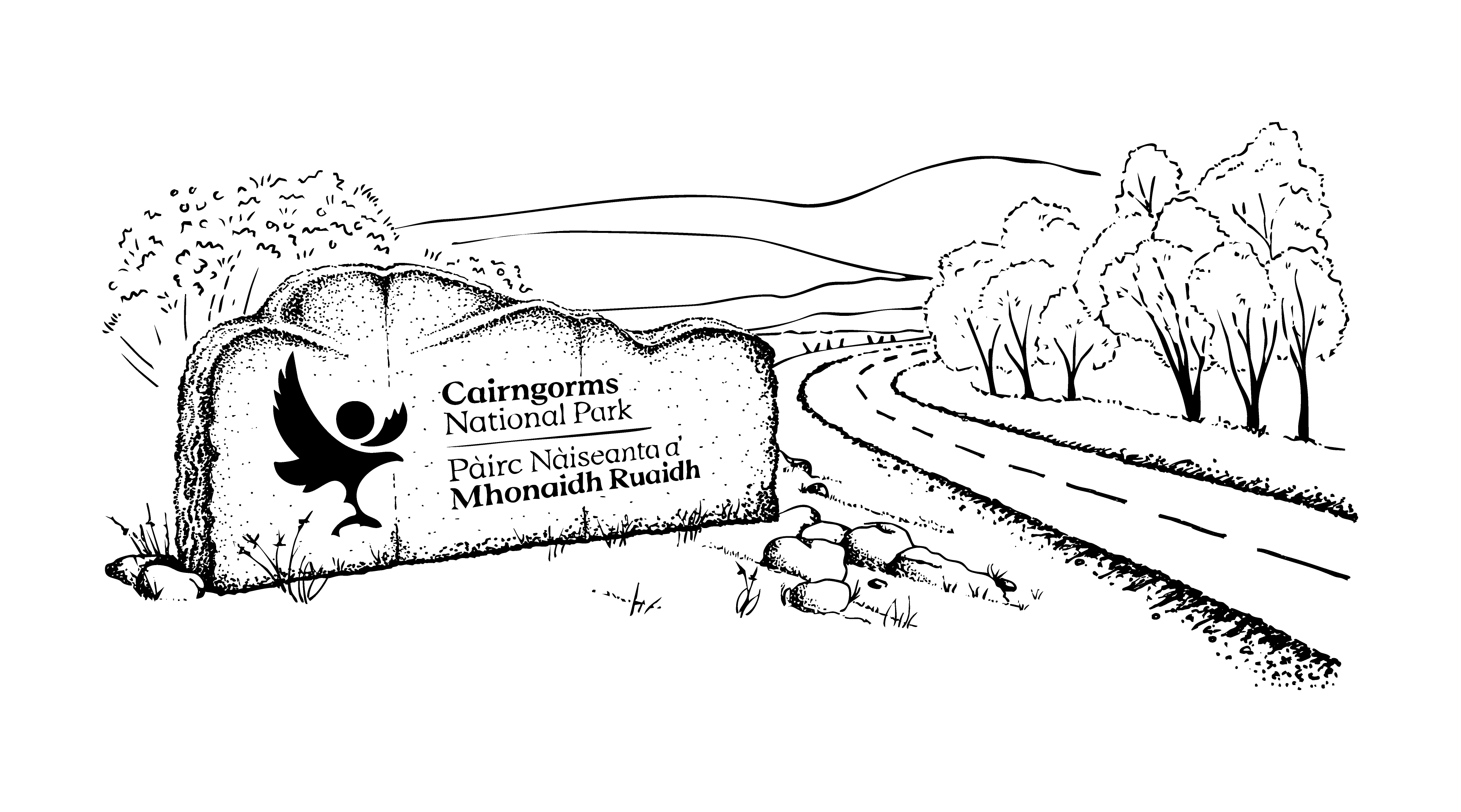New wildlife recording system for Cairngorms National Park

New wildlife recording system for Cairngorms National Park
Anyone who has seen wildlife in the Cairngorms National Park is being encouraged to report it so a comprehensive record of all biological activity can be kept.
NESBReC (The North East Scotland Biological Records Centre, (www.nesbrec.org.uk) in conjunction with the Cairngorms National Park Authority (www.cairngorms.co.uk ) are establishing a biological recording system for the Cairngorms National Park.
NESBReC will act as a central point for information exchange where all species records for the Park will be collated and managed, and then submitted to the National Biodiversity Network where they will be accessible to the general public.
Project officer Dr Annie Robinson said: “We want to hear of any signs of flora and fauna, anything from lichens and fungi to vascular plants, insects, mammals and birds.
“We need to know what was seen, where it was seen, with an Ordnance Survey grid reference, who saw it and when they saw it.”
She added: “We are interested in all biological records whether from casual observations by interested individuals or detailed surveys commissioned by agencies. The more information we have the more comprehensive the records will be for the public to access.”
Stephen Corcoran, Cairngorms Biodiversity Officer said: “For the first time there will be a central depository for wildlife records in the Cairngorms and an organisation dedicated to the collection, verification and management of all wildlife information. The more people we have collecting wildlife records the more data we will have to use in determining trends in species population and distribution. Good biological data is essential to guide decision making in the allocation of project resources and in agreeing priorities, and local people and visitors can help by submitting any of their wildlife sightings.”
A series of free public talks where individuals or groups can find out about this new biological recording system for the Cairngorms National Park and how they can get involved will be held at:
- Edzell Inglis Memorial Hall on Monday March 30
- Kincraig Community Hall on Monday April 06
- Boat of Garten Village Hall on Tuesday April 07
- Pitlochry Town Hall on Tuesday April 14
- Ballater Albert Hall on Wednesday April 22.
All talks will start at 7pm.
Anyone with any biological record data for the Cairngorms National Park should send the information by email to [email protected] or phone 01224 273633 or go to the website www.nesbrec.org.uk.
The area covered is wider than the Cairngorms National Park and follows the boundary of the Cairngorms Local Biodiversity Action Plan. It includes the areas of the Angus Glens, Badenoch and Strathspey, Atholl and Glen Shee, Upper Deeside, Strathdon and Glenlivet.
Latest from the National Park
Have your say on safer travel in Aviemore
Residents and businesses invited to share feedback on active travel designs
Peregrine numbers in decline in Cairngorms National Park
New report of peregrine falcon populations in the Cairngorms National Park published
Come have your say at our Aviemore drop-in event
Residents are invited to our roadshow event in Aviemore this December, one of a series held every year at different towns and villages across the National Park.




